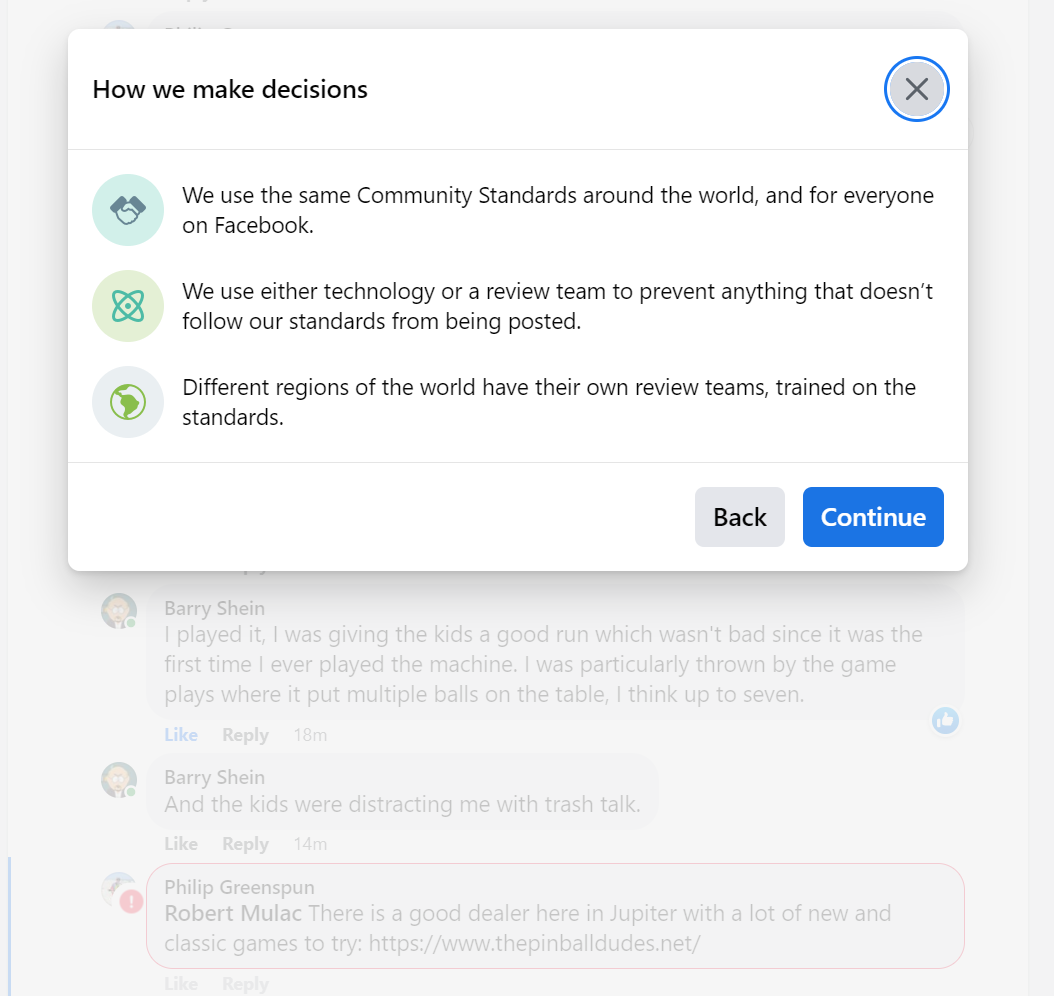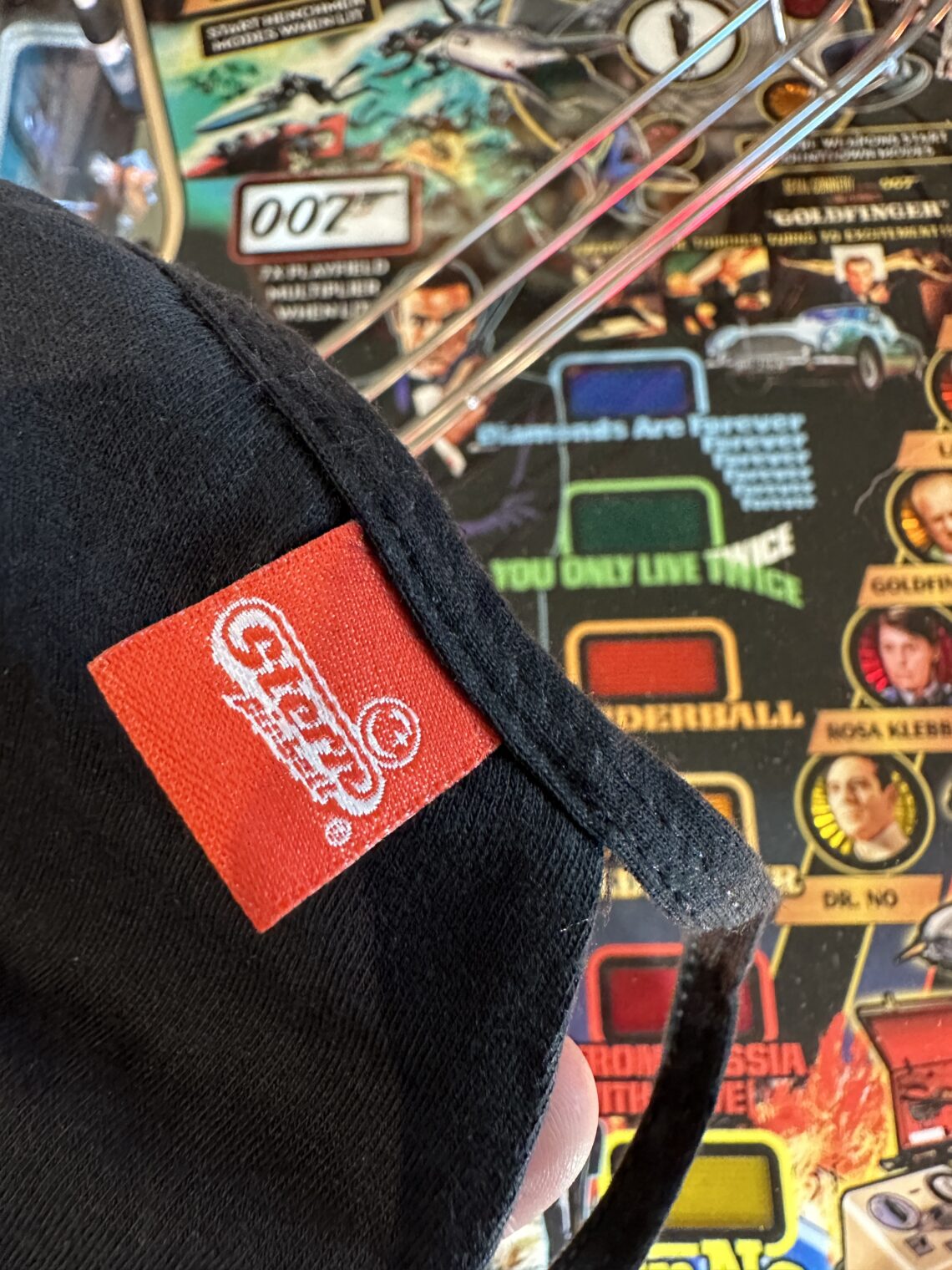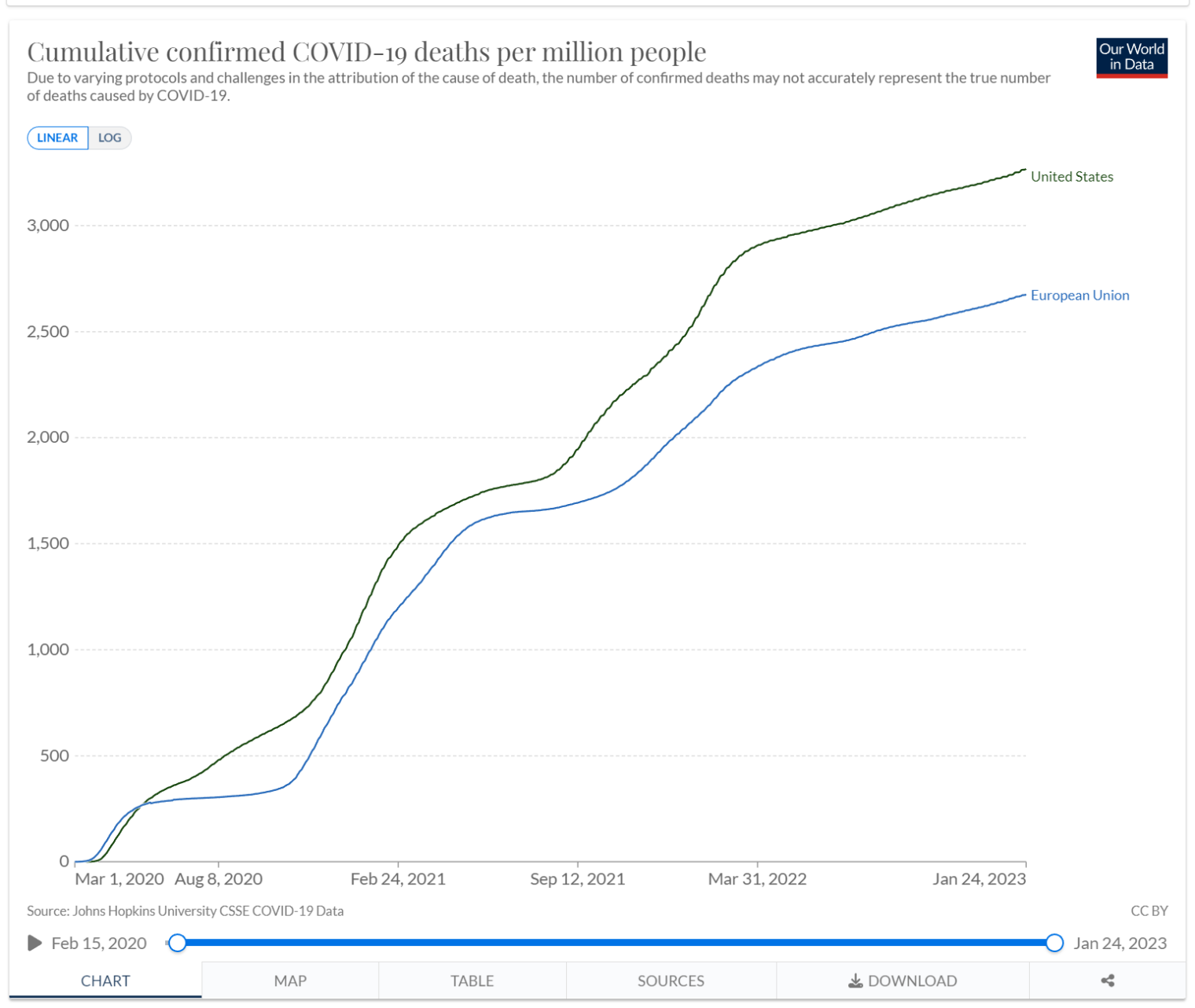The Killing of Tyre Nichols seems to be fading from the news. The New York Times thinks that pizza is more important:
There has been no coherent explanation thus far of why the police killed this particular guy, as opposed to all of the other people with whom they interact daily, but presumably no explanation could justify their actions.
We are informed that the problem is the culture/institution, not the individuals. See “The Myth Propelling America’s Violent Police Culture” (Atlantic, Jan 31, 2023):
This past weekend, as I watched the videos of Tyre Nichols being beaten to death, I asked myself, Why does this keep happening? But I know the answer: It’s police culture—rooted in a tribal mentality, built on a false myth of a war between good and evil, fed by political indifference to the real drivers of violence in our communities. We continue to use police to maintain order as a substitute for equality and adequate social services. It will take a generation of courageous leaders to change this culture, to reject this myth, and to truly promote a mission of service—a mission that won’t drive officers to lose their humanity.
The organization is at fault, in other words, and the problems extend to the city government as a whole because crime wouldn’t happen if there were “equality and adequate social services”. The author’s point that police officers’ behavior are primarily driven by peer expectations rings true and, therefore, merely imprisoning or executing a few rogue officers won’t stop the next murder by police.
What would happen in Roman times if there were serious problems with a military unit (and the police in the U.S. definitely qualify as “military”)? Decimation:
Decimation (Latin: decimatio; decem = “ten”) was a form of Roman military discipline in which every tenth man in a group was executed by members of his cohort. The discipline was used by senior commanders in the Roman army to punish units or large groups guilty of capital offences, such as cowardice, mutiny, desertion, and insubordination, and for pacification of rebellious legions.
The word decimation is derived from Latin meaning “removal of a tenth”. The procedure was an attempt to balance the need to punish serious offences with the realities of managing a large group of offenders.
A cohort (roughly 480 soldiers) selected for punishment by decimation was divided into groups of ten. Each group drew lots (sortition), and the soldier on whom the lot of the shortest straw fell was executed by his nine comrades, often by stoning, clubbing, or stabbing. The remaining soldiers were often given rations of barley instead of wheat (the latter being the standard soldier’s diet) for a few days, and required to bivouac outside the fortified security of the camp for some time.
As the punishment fell by lot, all soldiers in a group sentenced to decimation were potentially liable for execution, regardless of individual degrees of fault, rank, or distinction.
An authentic Roman-style decimation would presumably offend modern sensibilities, but maybe the proven management technique could be adapted for our kinder, gentler world (albeit not kinder or gentler for Tyre Nichols). In addition to individual punishments for the perpetrators (they’re charged with second-degree murder so they cannot be executed), why not cut the salary of every employee in the Memphis police department by 10 percent and take away a year of pension entitlement? The chief of police (“Memphis Police Department’s first Black female chief”) and mayor (“A Democrat, he previously served as a member of the Memphis City Council”) would be fired. These kinds of punishments would give institutions the incentive to reform themselves. Absent collective punishment, which of course will seem unfair to many, why should institutions bother to change?
Related:
Full post, including comments













